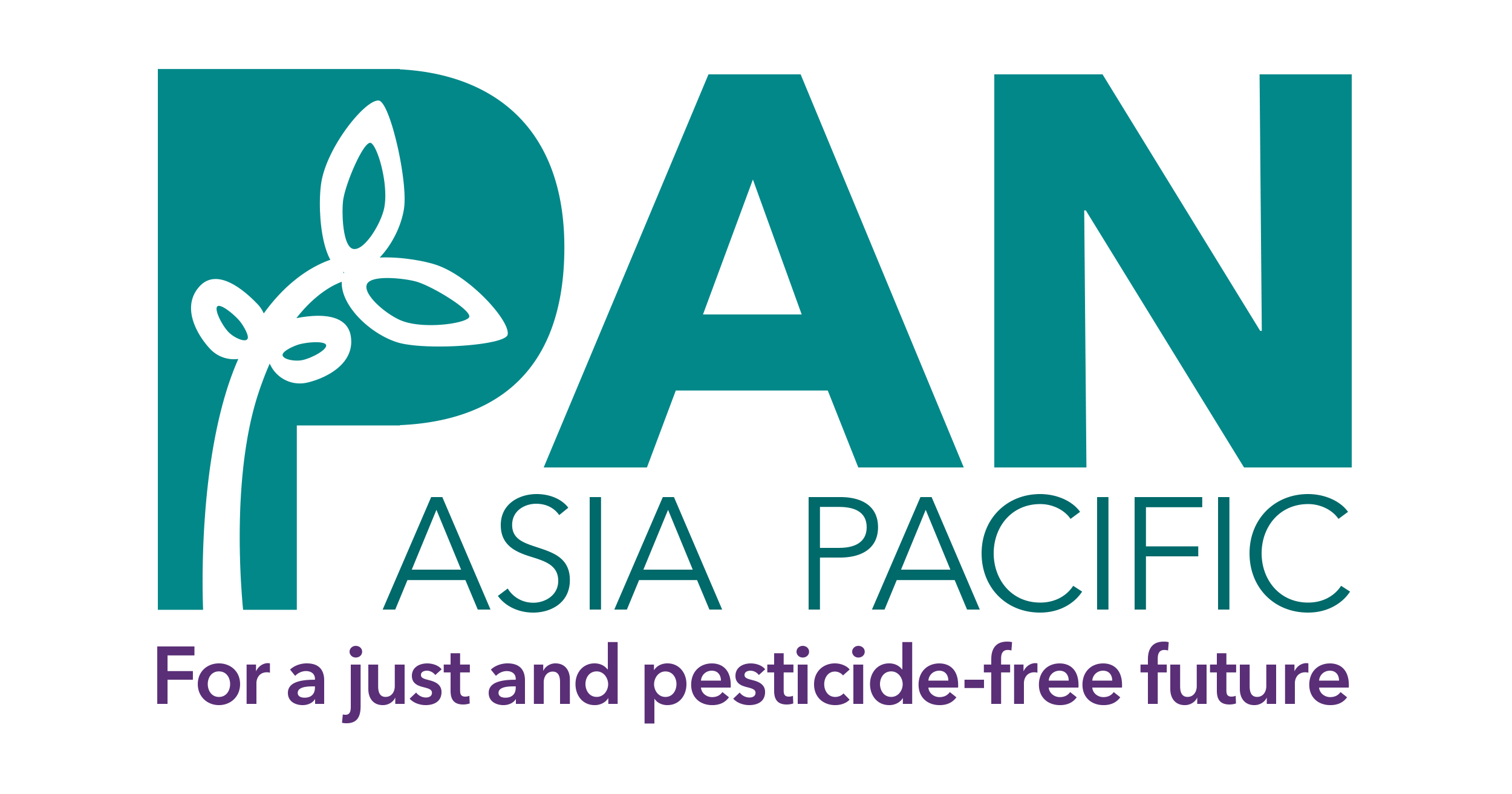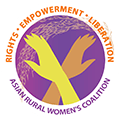Geneva, May 2025: On Friday, the Conference of the Parties (COP) to the Stockholm Convention adopted the decision to list chlorpyrifos in Annex A of the Convention with time-limited specific exemptions, thereby agreeing to the global elimination of uses of this highly hazardous pesticide. Parties tripled the number of exemptions from the seven uses originally recommended by the Persistent Organic Pollutants Review Committee (POPRC) to 22 uses, without the POPRC experts’ review.
Chlorpyrifos is an organophosphate pesticide known for its damaging effects on the human nervous system. Chlorpyrifos is highly toxic, and there is strong evidence in humans that prenatal exposure causes adverse effects on neurodevelopment, and that there is no safe dose of exposure. According to the 2024 PAN Consolidated List of Bans, the chemical is already banned in at least 44 countries across the globe.
Dr Emily Marquez, Senior Scientist, PAN North America, highlighted, “PAN advocated for listing chlorpyrifos with no exemptions, as we’ve campaigned for decades to stop the use of this dangerous pesticide. The POPRC experts discuss the scientific evidence supporting any specific exemptions requested by Parties. Instead, Parties wishing to dodge the POPRC’s process submitted their requests during the COP, and these were accepted without any evaluation. PAN urges all Parties to respect the scientific committee’s guidancem because protecting the scientific integrity of the POPRC process protects the Convention’s integrity. That is our guarantee to protect us and future generations from the impacts of persistent organic pollutants“.
Jayakumar Chelaton, Chair, PAN International, said, “The years of work of members and regional centres along with PAN International across the globe with communities impacted and poisoned by chlorpyrifos got a promise of a toxic-free future from the Stockholm Convention this week. The promise is, however, blurred by a few countries that added exemptions without review for protecting companies’ profits, thus weakening science-based decision-making. We failed to protect the future for our children. We urge countries that care for people to stop all uses and uphold listing in the Stockholm Convention Annex A without any exemptions”.
Alia Diyana, Project Coordinator of PAN Asia Pacific, also reflected, “This hard-won progress is overshadowed by last-minute requests for additional exemptions, despite the availability of safer alternatives. These exemptions continue to put people at risk, especially in parts of Asia where chlorpyrifos is still being used. With its persistent and bioaccumulative nature, chlorpyrifos does not stay within borders. It moves through the environment, enters women’s breast milk, and harms babies’ brain development even before birth”.
Maimouna DIENE, Coordinator, PAN Africa, said, “More than 95% of pesticides now being used in East Africa to fight locust swarms are scientifically proven to cause harm to humans and other organisms such as birds and fish. Half of the locust control pesticides delivered in East Africa contain chlorpyrifos, a pesticide linked to brain damage in children and fetuses, and wipes out honey bees and pollinators, which is banned in the EU”.
“In Latin America, chlorpyrifos has been banned in Colombia, Peru, Nicaragua, Chile and Argentina, and there are wide examples that agroecological alternatives exist ”, said Maria Carcamo from RAPAL Uruguay and Fernando Bejarano from RAPAM Mexico. They added ”the list of exemptions for the global elimination of this neurotoxic insecticide grows as requested by countries like Uruguay to control some pests in maize, and Costa Rica, for the use in pineapple, despite documented alternatives existing”.
Dileep Kumar, CEO, PAN India, highlighted, “The approach by a few parties requesting more exemptions despite having effective and viable alternatives, bypassing the scientific assessment and process followed by the POPRC, is more than disappointing. We urge Parties that have requested exemptions to start implementing non-chemical alternatives and agroecology-based farming practices to eliminate the use of chlorpyrifos as soon as possible. Otherwise, this will reduce the burden of this chemical on farmers, consumers, children, as well as the environment”.
As we transition the week from Stockholm Convention negotiations to the negotiations of the Rotterdam Convention, another important convention that requires Informed consent and restriction in the trade of hazardous chemicals, PAN-International requests all parties to list Chlorpyrifos under Annex 3 of the Rotterdam Convention.
ENDS
Editors’ Notes:
- Pesticide Action Network (PAN) is a network of over 600 participating nongovernmental organisations, institutions and individuals in over 90 countries working to replace the use of hazardous pesticides with ecologically sound and socially just alternatives. PAN was founded in 1982 and has five independent, collaborating Regional Centres that implement its projects and campaigns. https://pan-international.org/
- The Stockholm Convention on Persistent Organic Pollutants is a multilateral environmental agreement to protect human health and the environment from chemicals, known as POPs Stockholm Convention – Home page (pops.int)
For further information, please contact:
- Dr Emily Marquez, Senior scientist, PANNA: emily@panna.org
- Jayakumar Chelaton, Chairperson, PAN International: jayakumar.c@gmail.com
- Alia Diyana, Project Coordinator, PAN Asia Pacific: alia@panap.net
- Manon Rouby, Co-coordinator, PAN International : manon@pan-uk.org
- Tadesse Amera, Co-coordinator, PAN-International: tadesse@panna.org
- Fernando Bejarano, RAPAM : coordinacion@rapam.org
- María Cárcamo, RAPAL Uruguay: coord@rapaluruguay.org
- Dileep Kumar, CEO, PAN India: dileep@pan-india.org
- Maimouna Diene, Director, PAN Africa: maimounadiene@pan-afrique.org








Discussion about this post